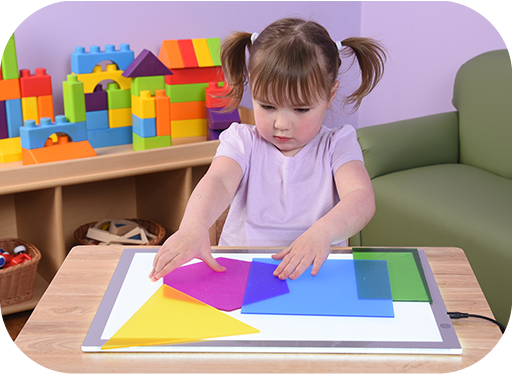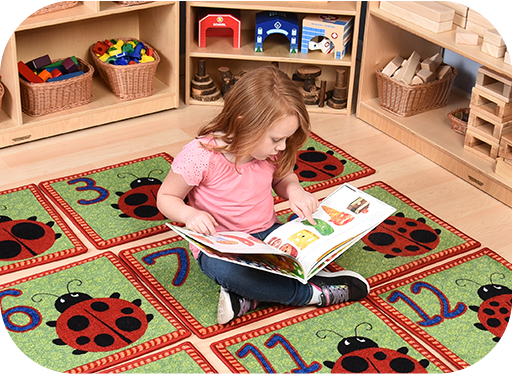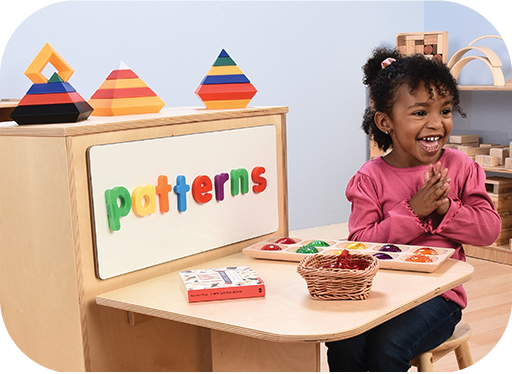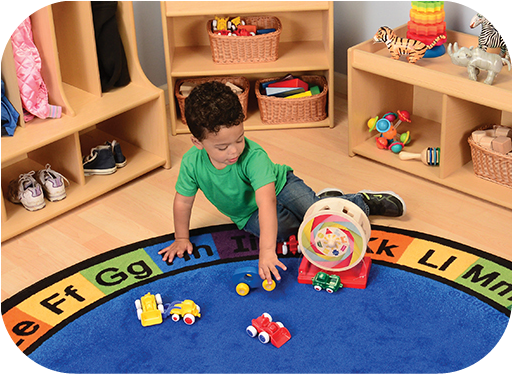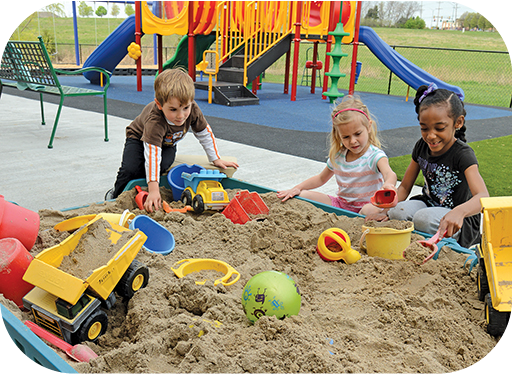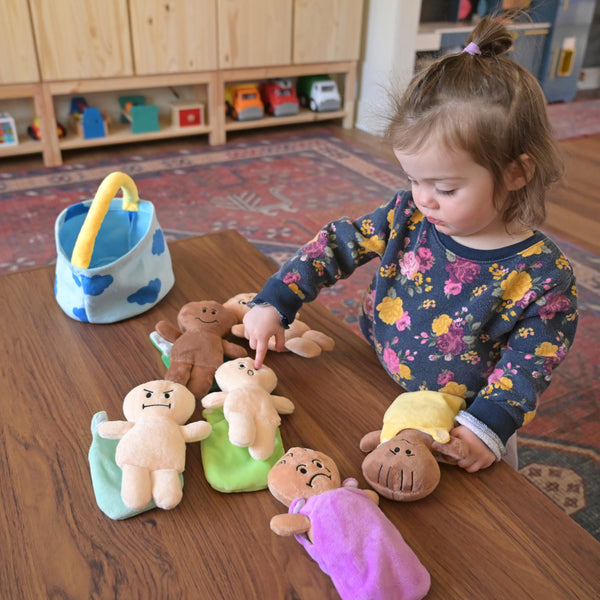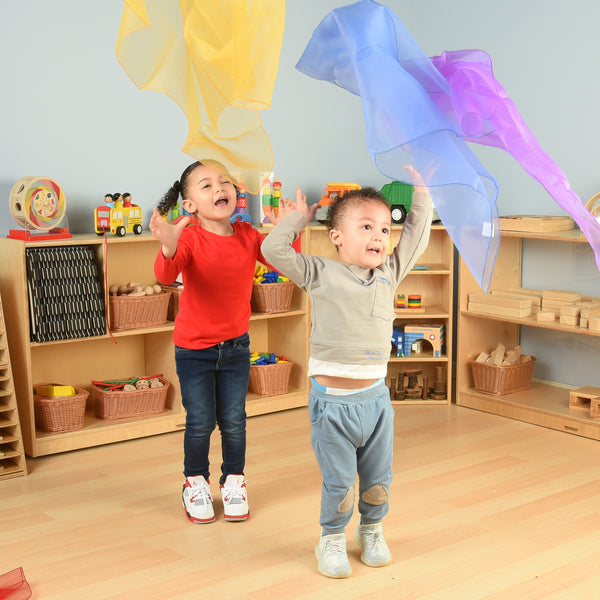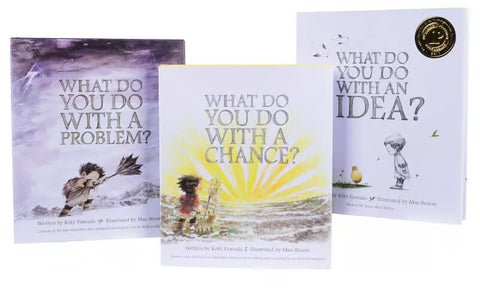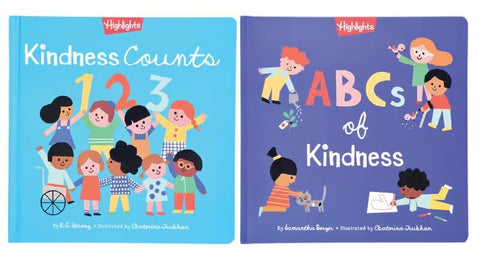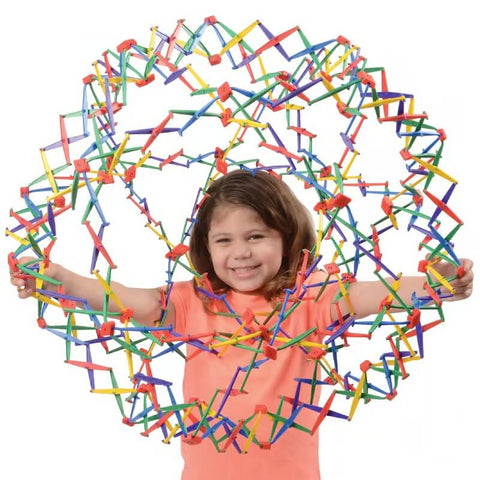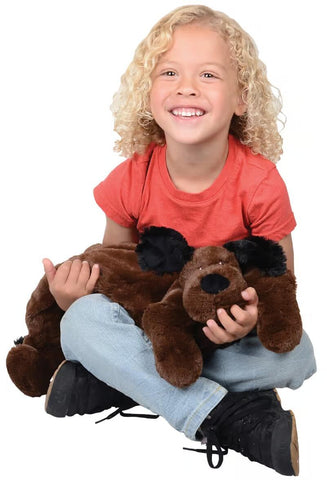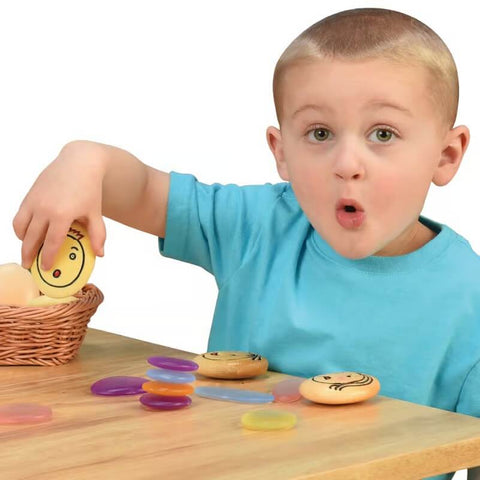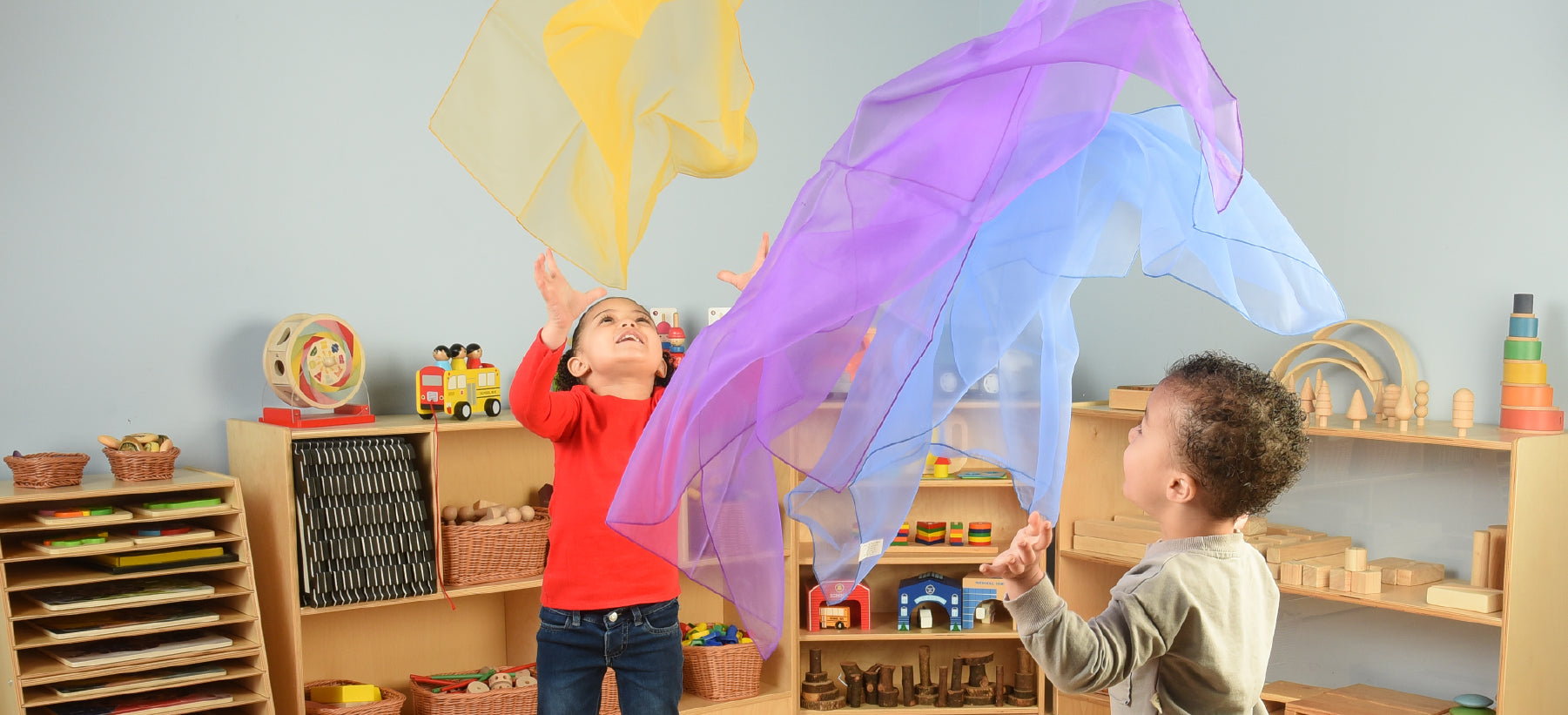
Transitioning to a New Normal: Monitoring Children's Mental Wellbeing
With so many children returning to the classroom this Fall, our team feels it's important to highlight the emotions children may experience as we transition to this new normal. Schools and child care centers truly are a safe place for our children, and you, as educators and care providers, play such an important role. Thank you for all you have done and continue to do to support our children through this unprecedented time. We hope this guest post, written by Jennifer Birch, is helpful as we navigate this new school year!
The pandemic triggered many disruptions in daily life, particularly for children. Although for some this meant more outside playdates and a slower pace of life, for many, it was not so easy. Health and safety concerns kept children away from schools where much of their social and developmental activities take place. Home life became more stressful as parents juggled work, childcare and educational responsibilities. While there’s yet to be a comprehensive study on the effects of the pandemic on young kids’ well-being, the data available is concerning (1), with many studies finding children experiencing anxiety and depressive symptoms.
Hopefully, we are starting to see a return to a new normal. Establishments are slowly reopening, the economy is beginning to bounce back, and schools are welcoming students into classrooms with various mitigation strategies in place. If the pandemic has taught us one thing, it is that schools and child care are not only a key function of society, these establishments create a feeling of security and dependability. It is because of that, schools will be key to helping kids get back on their feet.
Promoting mental wellness in the classroom
Teachers have a direct responsibility to re-establish strong and trusting bonds within the classroom. This is the most direct way schools can help kids cope with the stress and trauma of the previous year. It can be as simple as starting a morning circle time where kids can learn the basics of naming and managing their emotions.
Going around the room to share feelings can be enough for these young children. When they understand that their feelings are normal and very valid, they can be more open about expressing them. Mental health experts stress that dedicating time to do this daily helps kids through difficult transitions (2). Moreover, this fosters a classroom environment where kids respect and acknowledge each other’s emotions.
Becoming intermediaries between students and mental health professionals
Mental wellness in the classroom is important, but schools must recognize that some kids will need professional help after such an emotionally trying year. Professionals, such as mental health nurses, are available to students and they’re even more accessible now that they can be contacted remotely. Kids can get mental health help from their homes or schools at most anytime, so they’re comfortable and at ease. By identifying these needs and connecting children with these mental health specialists, schools play an important intermediary role.
Cultivating enriching non-academic activities
While academic activities should be prioritized in schools, non-academic activities should also be part of the overall strategy. After a troubling year, young kids need opportunities to have fun and collaborate with others.
Dancing, reading, cooperative games and various physical activities are all so important for all of us, especially young kids. Schools and childcare centers should be strategic in presenting these non-academic activities by incorporating social-emotional resources to aid in their overall wellness.
Shop X-tra Large Rainbow Scarves
For instance, circle time might include emotionally and socially enriching books such as I’m Happy-Sad Today and The Color Monster: a story about emotions, which both introduce students to the basic concepts of emotions – and in a fun and engaging way. Pulling out a game or challenging puzzle and allowing students to work together creates a sense of teamwork and encourages students to balance emotions through effective communication. Taking kids outside daily creates endless opportunities through physical activity or to slow down, observe and breathe.
2020 was a difficult year for everyone, and 2021 continues to be challenging. Schools and teachers have such an important role to help kids--and all of us--move forward and thrive.
Written by Jennifer Birch
Sources:
1 Time 2 NPR
FEATURED PRODUCTS:
What Do You Do With? Hardcover Book Set of 3 - CPD-4
Kindness Board Book Set - HL-3
Original Hoberman Sphere - Rainbow - TED-HS104
Have a moment to share with us? Be sure to tag us and use the hashtag #constructiveinsights in your post. We’d love to potentially feature you on our social feeds and/or in an upcoming email!


